Why we use intumescent paint coatings

Put simply, intumescent paint coatings are used for the protection of structural steel from the effects of fire.
- Steel loses strength immediately upon heating. This becomes critical from a structural adequacy point of view when temperatures reach 300˚C.
- At a temperature of 550˚C steel will retain about 50% of its room-temperature load capacity.
- 550˚C is considered to be the failure point for structural steel columns that are exposed on all four sides.
- 620˚C is considered to be the failure point for structural steel beams.
- 700˚C is considered to be the failure point for structural steel supporting roof loads.
- Failure temperatures can be as high as 750˚C for partially-exposed structural members and/or under loaded sections.
Intumescent coatings, when correctly applied, are able to prevent the collapse of the steel structure of a building for a prescribed period of time, ensuring that the necessary fire ratings levels (FRLs) are achieved.
Apart from potential cost savings, this allows structural steel components to become an architectural feature of a building's design.
Intumescent's growing popularity
Intumescent coating systems are relatively new technology but they have achieved - and maintained - a majority market share. The graph below shows market share in the UK but the story is not dissimilar in Australia. This popularity proves the many benefits of using intumescent coating systems over older technologies.

Other options for passive fire protection of structural steel
Whilst we believe intumescent coatings provide a highly viable form of structural steel protection, it is not the only option. Here are some other options...

Vermiculite coatings
Vermiculite fire spray is an inexpensive form of fire protection that provides up to 240 minutes of protection to structural steel, ceilings and ducts.
Vermiculite is a cheaper option than intumescent coatings at FRLs of 90 or 120 minutes.
Vermiculite retains moisture that is released as steam in the event of a fire. The ensuing cooling effect delays the temperature increase of the steel providing a level of protection.
Whilst vermiculite is inexpensive, both in terms of material cost and application, it doesn't provide the aesthetically pleasing qualities of intumescent coatings.

Fire rated boards
Fire rated boards can be applied to building elements such as structural steel, metal clad walls, timber floors, and concrete floors and walls to prevent the spread of fire, smoke and gases from one part of a building to another.
They provide up to four hours of protection and can be very aesthetically pleasing but are quite labour-intensive to install and, hence, expensive.
Download the PDF
click hereMore articles...
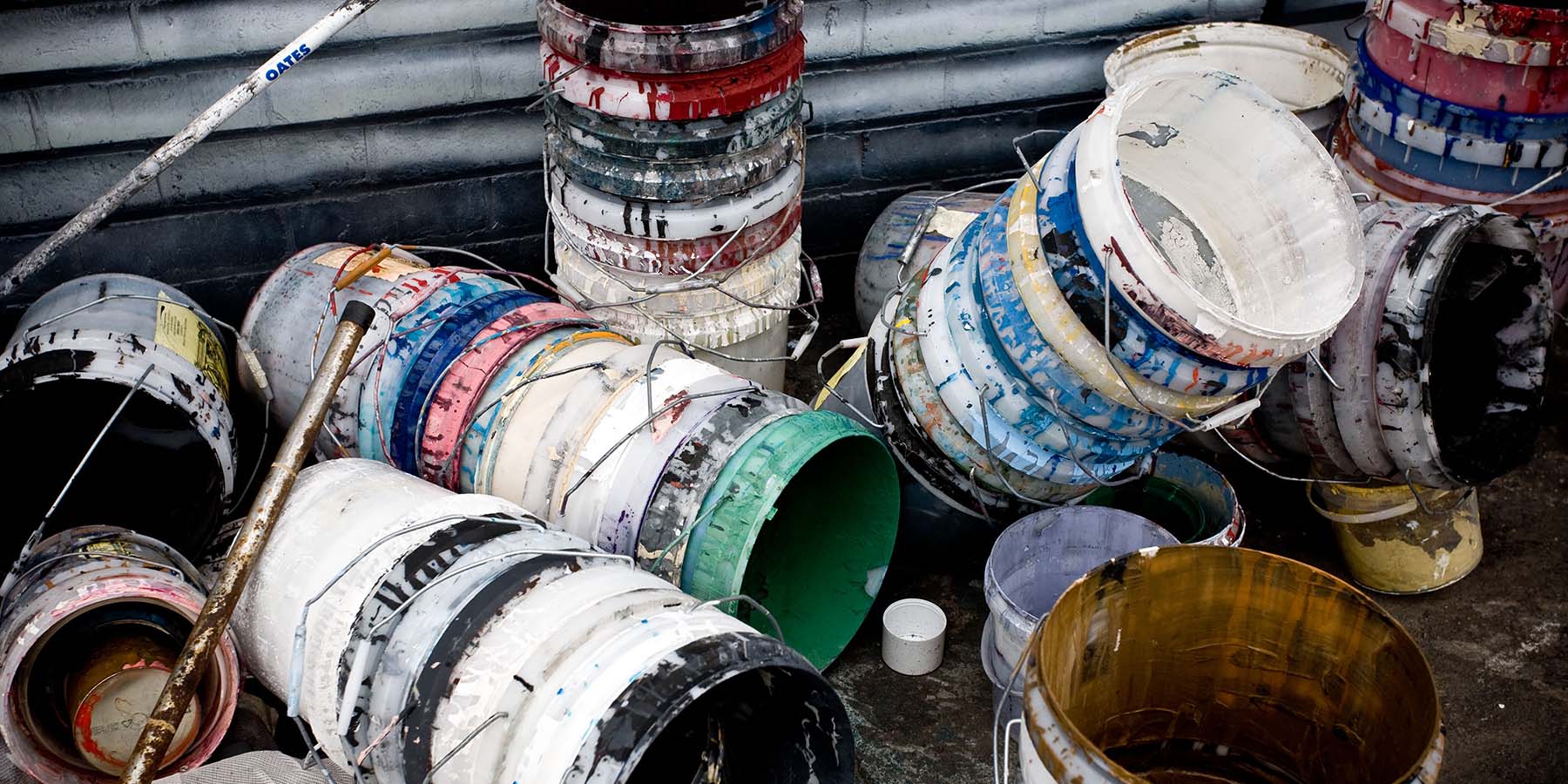
Intumescent coating types
There are a variety of intumescent coating types with different properties and application methods. Which type is the best for your situation?
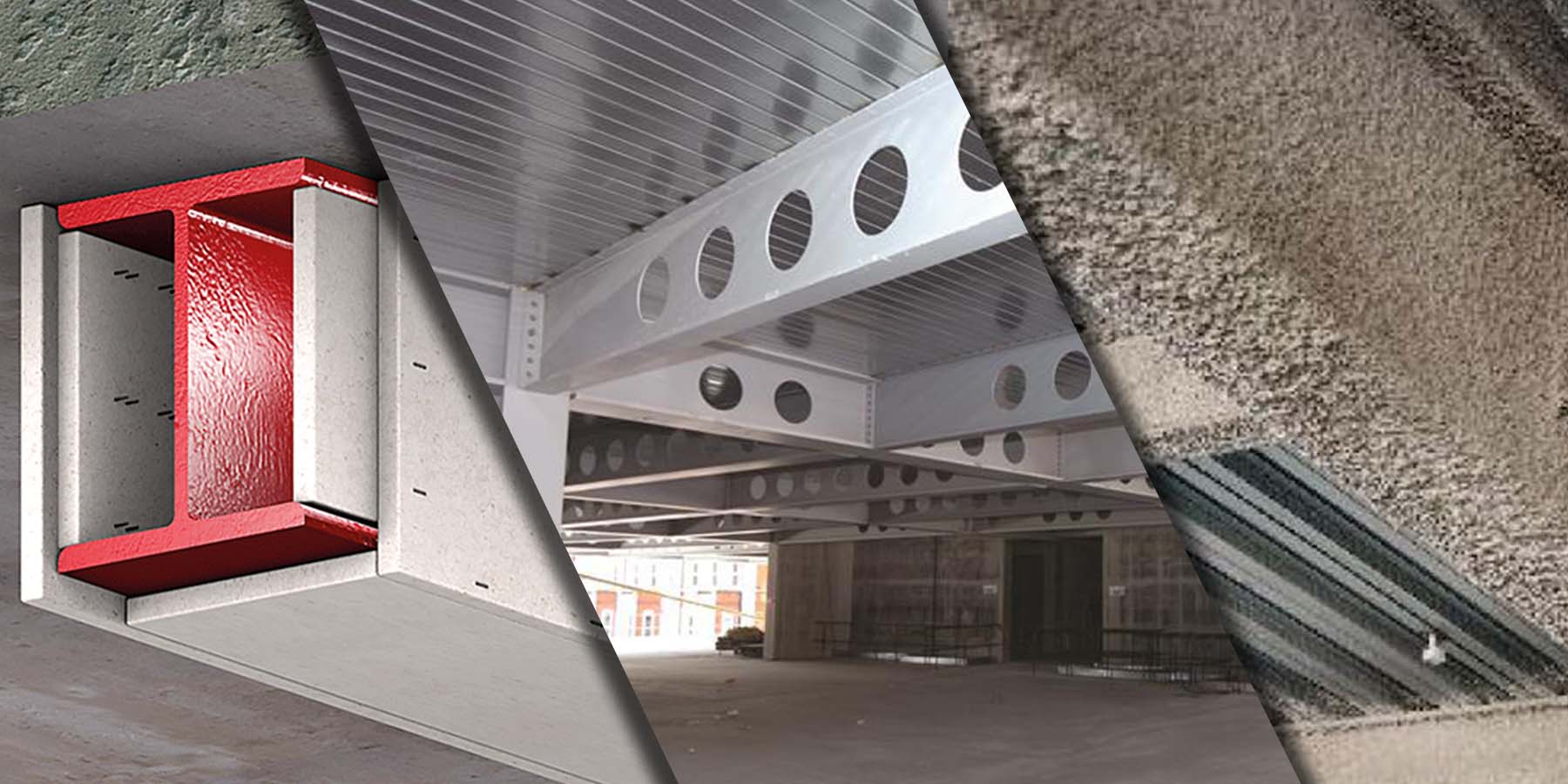
Passive fire protection methods
There are several ways to protect building structural work. Whilst some methods may be more prevalent, there is no one "best way" to protect a building's structure. The best method will most likely be determined by a number of factors, but here are your options.
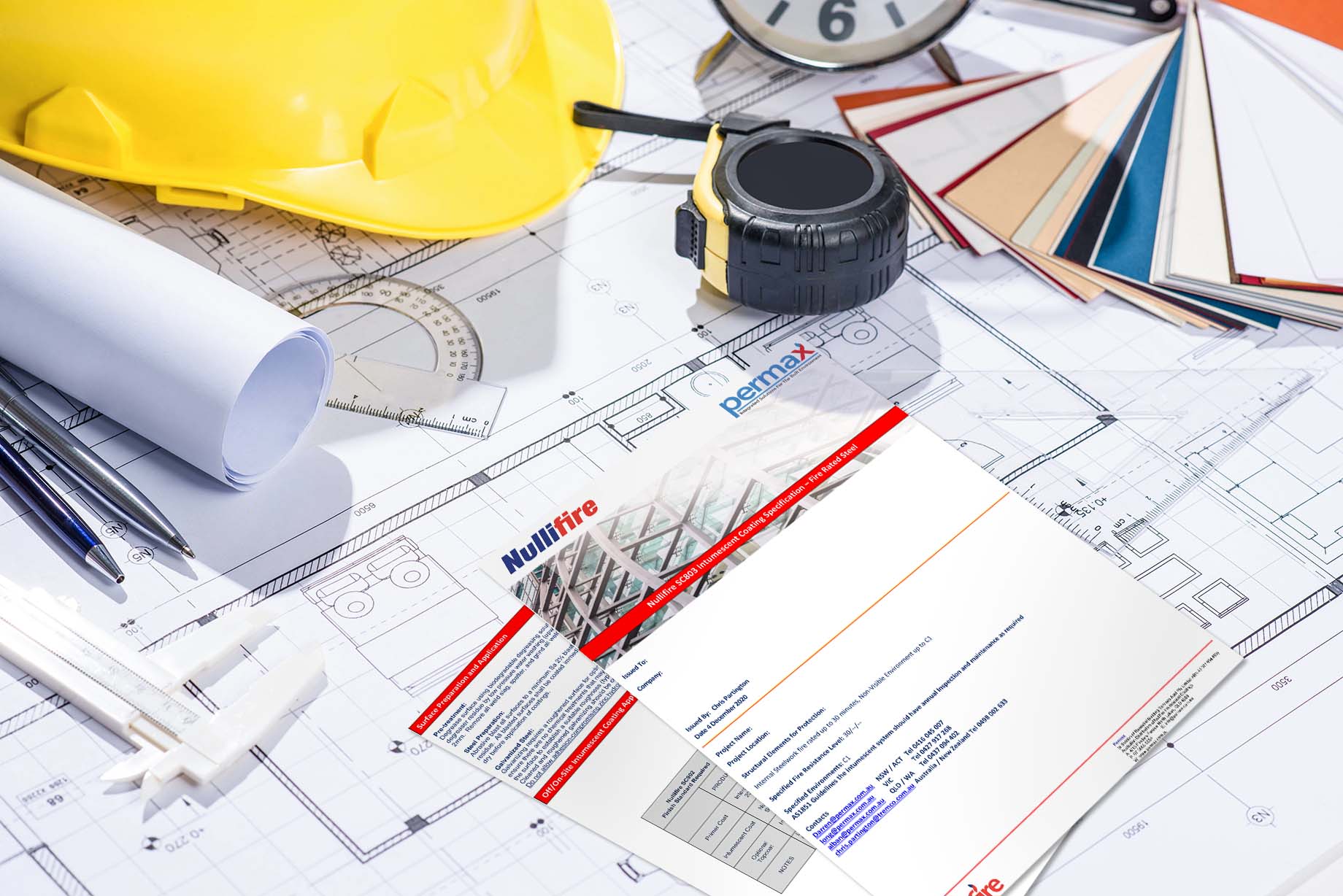
Intumescent paint coating specification templates
Access a range of templates supplied by manufacturers for the purposes of specifying their intumescent paint coating products for various FRLs and corrosivity ratings.

Intumescent paint coating corrosivity ratings in the Australian atmosphere
It's common knowledge that corrosion rates are affected by environmental factors, but do you know the various corrosivity ratings and their definitions?

Limiting steel temperatures to maintain structural integrity
Maintaining structural adequacy on load-bearing steel is critical to the fire safety of building occupants, fire fighters and the surrounding built environment. Here's how limiting steel temperatures to maintain structural integrity relates to intumescent paint coatings.

Getting help with intumescent paint coatings
The specifying and application of an intumescent coating system is a highly specialised task that requires considerable training and experience to accomplish correctly.
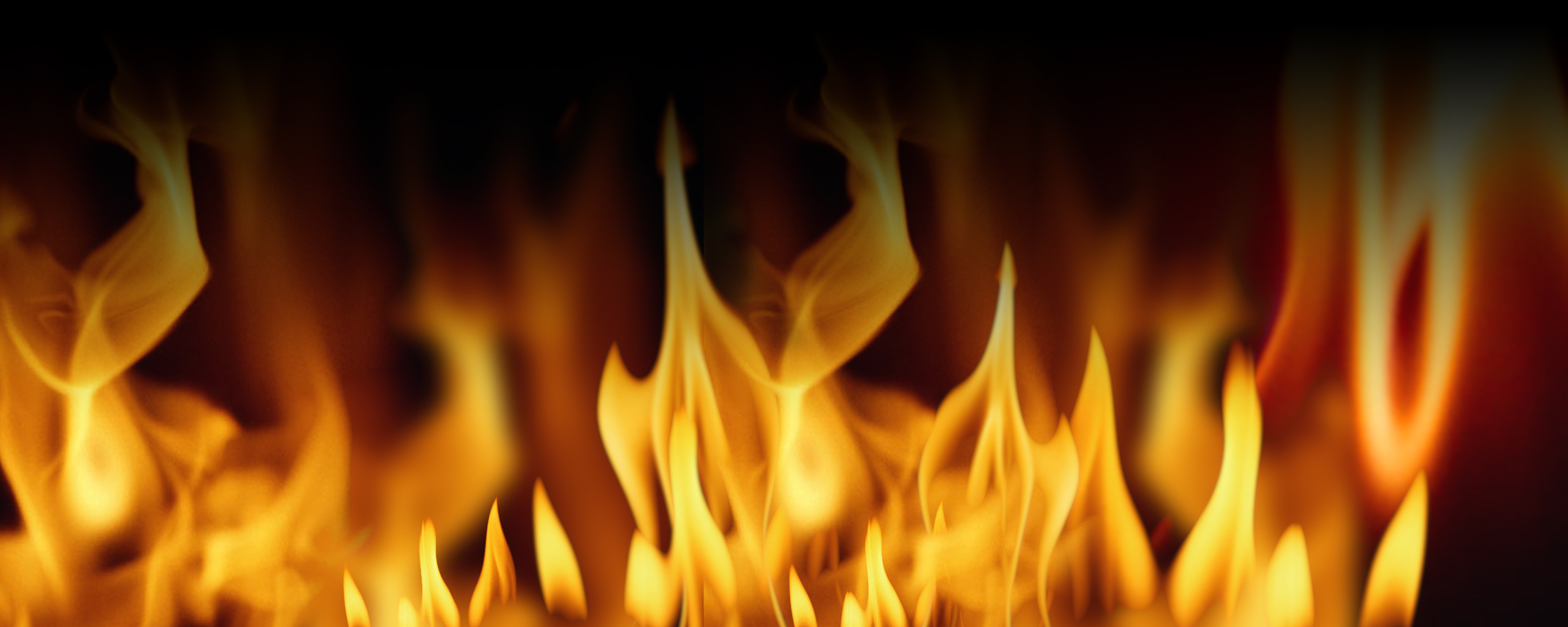
Fire types and severity
Different combustible materials burn at different temperatures which will have a bearing on the FRL of a given intumescent paint coating. This needs to be taken into account when specifying intumescent products so that the required FRL is ensured for the combustible materials that are likely to be encountered in a particular situation.
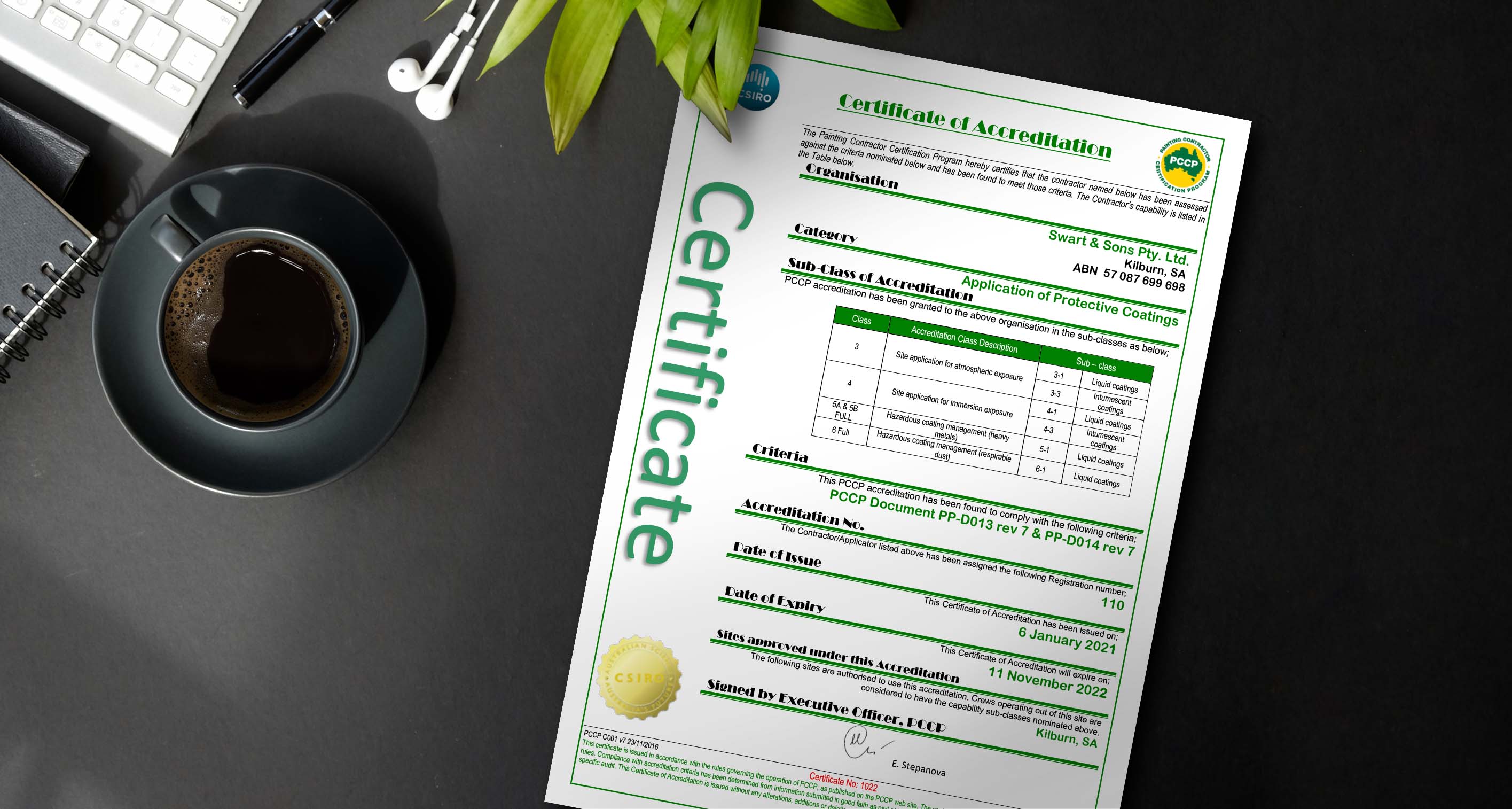
Quality assurance for intumescent paint coatings
We believe Painting Contractor Certification Program (PCCP) accreditation is paramount for passive fire protection contractors engaged in applying intumescent paint coating systems.

Specifying intumescent paint coatings
Whilst intumescent coating products may look just like paint, they have an important function (i.e. passive fire protection) that makes their specification a much more involved process.
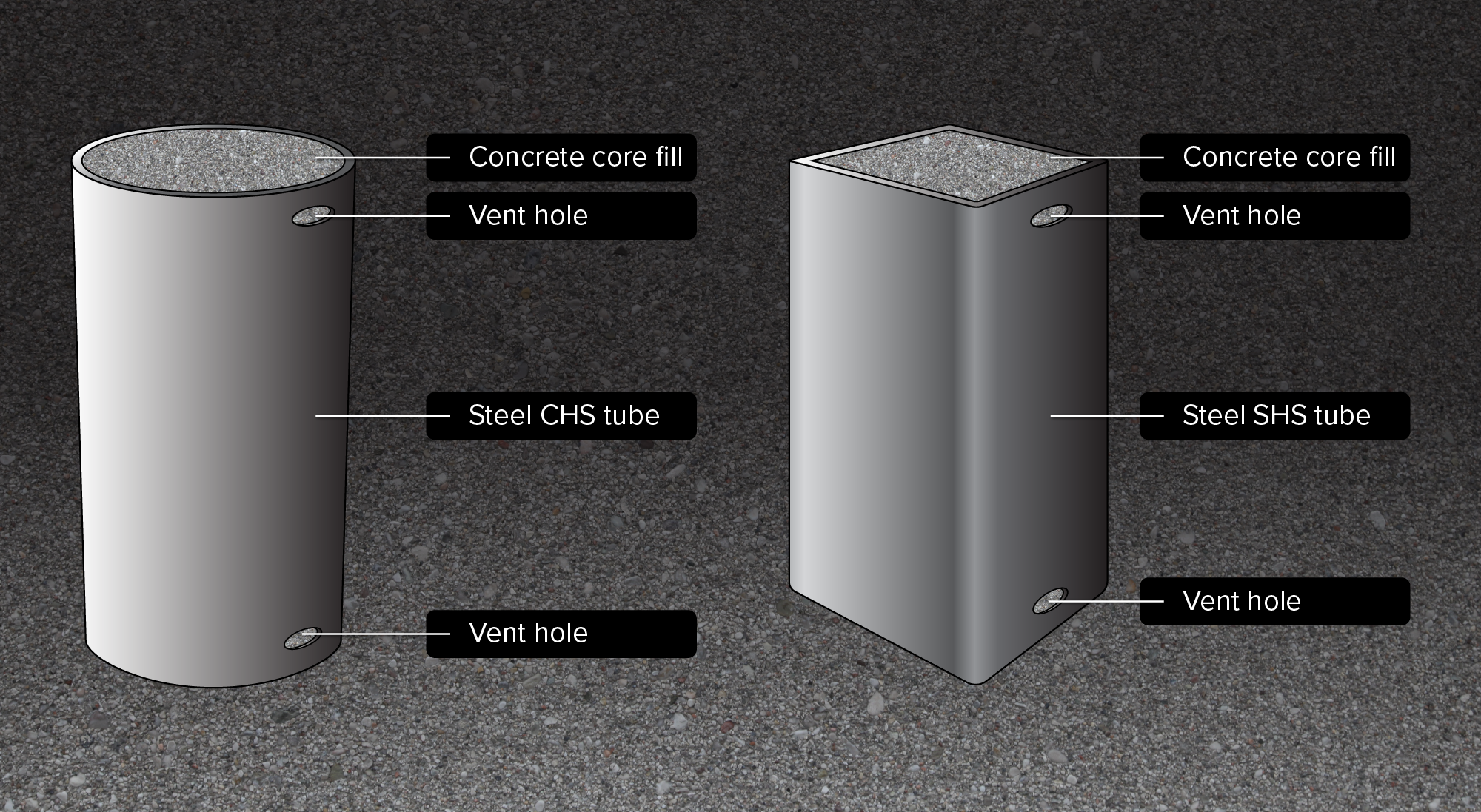
How core filling affects intumescent paint coatings
Core filling is a viable solution to fire-protect high Hp/A hollow section steel that is otherwise unable to achieve the desired FRL.
